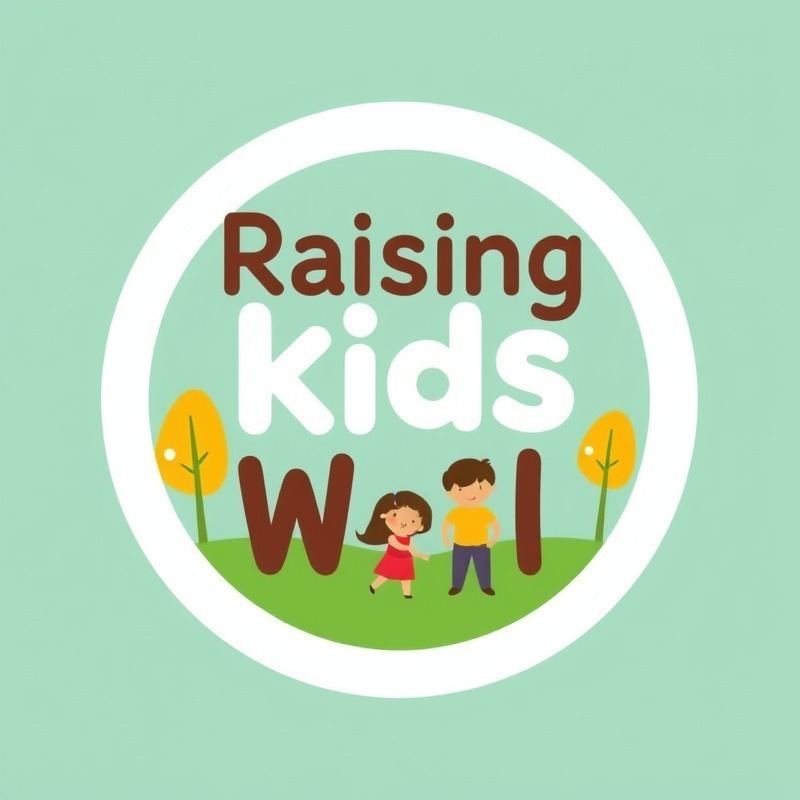
Understanding Behavior vs. Sensory Overload
As parents, we often encounter situations where our children exhibit challenging behaviors that make us question their emotional state. Are they misbehaving, or is it a case of sensory overload? Understanding this distinction can be crucial in helping our kids thrive amidst a world full of stimuli.
The Impact of Sensory Overload
Sensory overload occurs when the brain receives too much sensory input, resulting in overwhelming feelings for the individual. Children, especially those with sensory processing challenges or conditions like autism, are more vulnerable to these experiences. In a world bustling with sounds, lights, and people, children can quickly find themselves in a state of distress. This can lead to what appears to be behavioral issues, but in reality, it stems from an inability to process overwhelming stimuli.
Recognizing the Signs
As parents, recognizing the signs of sensory overload can empower us to respond appropriately. Signs may include:
- Covering the ears or eyes
- Uncharacteristic tears or tantrums
- Withdrawal from social interaction
- Physical agitation or restlessness
Understanding these reactions allows us to detect when our child may not just need discipline but a safe space to decompress.
Strategies for Managing Sensory Overload
Creating a sensory-friendly environment can greatly assist children who struggle with sensory overload. Here are some practical strategies:
- Calm Spaces: Designate a quiet area in your home where your child can retreat when feeling overwhelmed.
- Routine Establishment: Consistent daily routines help children feel secure and prepare them for transitions that may create sensory overload.
- Positive Reinforcement: Encourage children when they vocalize their feelings about sensory experiences so they feel safe expressing themselves.
Empowering our children to communicate their needs fosters resilience and emotional intelligence.
The Role of Positive Parenting
Positive parenting plays a significant role in navigating the complexities of our children's emotional and sensory well-being. By focusing on solutions rather than punishment, we create an environment conducive to growth and understanding. Educational resources like courses and articles can equip parents with the tools needed to raise emotionally aware kids.
Listening and Observing: Keys to Success
Listening is a crucial element when addressing our children's behavior. Just as adults may need to express feelings, children also require space to share their experiences, especially those related to sensory overload. Observing our children's reactions in various settings can inform how we provide support and foster a healthier emotional climate.
Future Insights: What Research Suggests
As awareness grows around the impacts of sensory overload, researchers are delving deeper into effective approaches for management. Studies suggest that promoting emotional literacy in children—teaching them to identify and articulate their feelings—can lead to better outcomes both in social situations and personal development.
In practice, this means incorporating conversations about feelings into everyday activities, making emotional literacy a part of the family culture.
Conclusion: Taking Action as Informed Parents
Understanding the line between behavior and sensory overload is essential for fostering a nurturing home for our children. By recognizing symptoms, implementing supportive strategies, and embracing positive parenting methods, we can build resilience and a brighter future for our kids.
Call to Action: Dive deeper into understanding your child's emotional needs. Explore courses or articles focused on positive parenting to equip yourself with effective tools and techniques. This journey not only enhances your child's development but also enriches your parenting experience.
 Add Row
Add Row  Add
Add 



Write A Comment